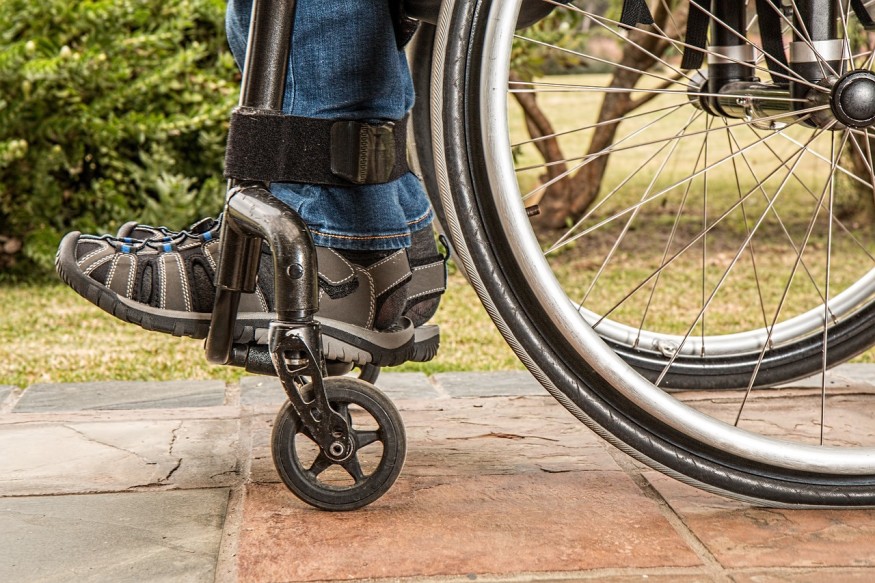A lightweight, low-cost mobile robot was designed to perform several material handling tasks, enabling patients to manipulate their physical environment again.

The Birth of an Assistive Device
In 2010, robotics company Willow Garage and Professor Charlie Kemp from Georgia Institute of Technology introduced the PR2, a humanoid robot designed to help individuals with profound motor impairments. 2011, it was provided to Henry Evans, a mute quadriplegic paralyzed by a stroke in 2002 while working as a CFO in Silicon Valley. Evans and his wife became part of a project called Robots for Humanity.
PR2 was the first of many assistive technologies developed through Robots for Humanity. The project aims to find ways of extending independence for people with disabilities and help them and their caregivers live better and more fulfilling lives. As explained by Evans, assistive devices should not only increase the independence of the disabled person but also make their caregiver's life easier.
Although the PR2 had a lot of potential, it was too expensive, too big, and too technical for regular use. Kemp realized that PR2 is just like a research project rather than a helpful device, and it might not have a direct impact outside of a research context.
Initially, The company aims to take its robots to real homes and interact with real people. Eight years into the project, the team still did not have a practical robot to be used by people like Henry and his wife.
In 2016, Kemp started designing a new robot that could leverage years of advances in hardware and computing power to perform tasks that cannot be done by the PR2 but in an affordable, safe, and simple way. Kemp sought the help of robotics researcher Aaron Edsinger, who helped him found Hello Robot in 2017.
Life-Changing Robot
Kemp and Edsinger designed a robot called Stretch, a small and lightweight device that one person can quickly move. It has a lower cost due to its simplicity, having a single arm with enough degrees of freedom to allow up-down and extend-retract movements. It can also perform basic functions autonomously, such as grasping objects and traveling from room to room.
The minimalist approach to mobile manipulation is one of the significant benefits of Stretch. Robots can be difficult to control manually, with each additional joint adding complexity. Stretch's simplicity makes it more practical than robots with more sensors or degrees of freedom, particularly for novice users.
To make manual control of Stretch easier, Henry collaborated with its designers in developing his graphical user interface using multiple camera views and large on-screen buttons. However, its potential for partially or fully autonomous operation will make the robot most successful. The robot relies on assistive autonomy, which gives the user higher-level control. According to Henry, getting its assistive autonomy to a point where it is functional and easy to use is currently the biggest challenge.
Stretch still has some significant limitations. For instance, it can only lift about two kilograms and has no way of going up and down stairs. It is not designed to go outside, so it still needs a lot of technical intervention.
Stretch may still be a long way from being a consumer product, but Henry and Jane's experience demonstrates that even robots with limited capabilities can also have an enormous impact on the user. That impact can increase as robots become more capable of doing important tasks.
RELATED ARTICLE : Robotic Arm Developed for Endovascular Surgery Can Treat Stroke Patients Remotely Via Joystick
Check out more news and information on Robot in Science Times.
© 2026 ScienceTimes.com All rights reserved. Do not reproduce without permission. The window to the world of Science Times.












